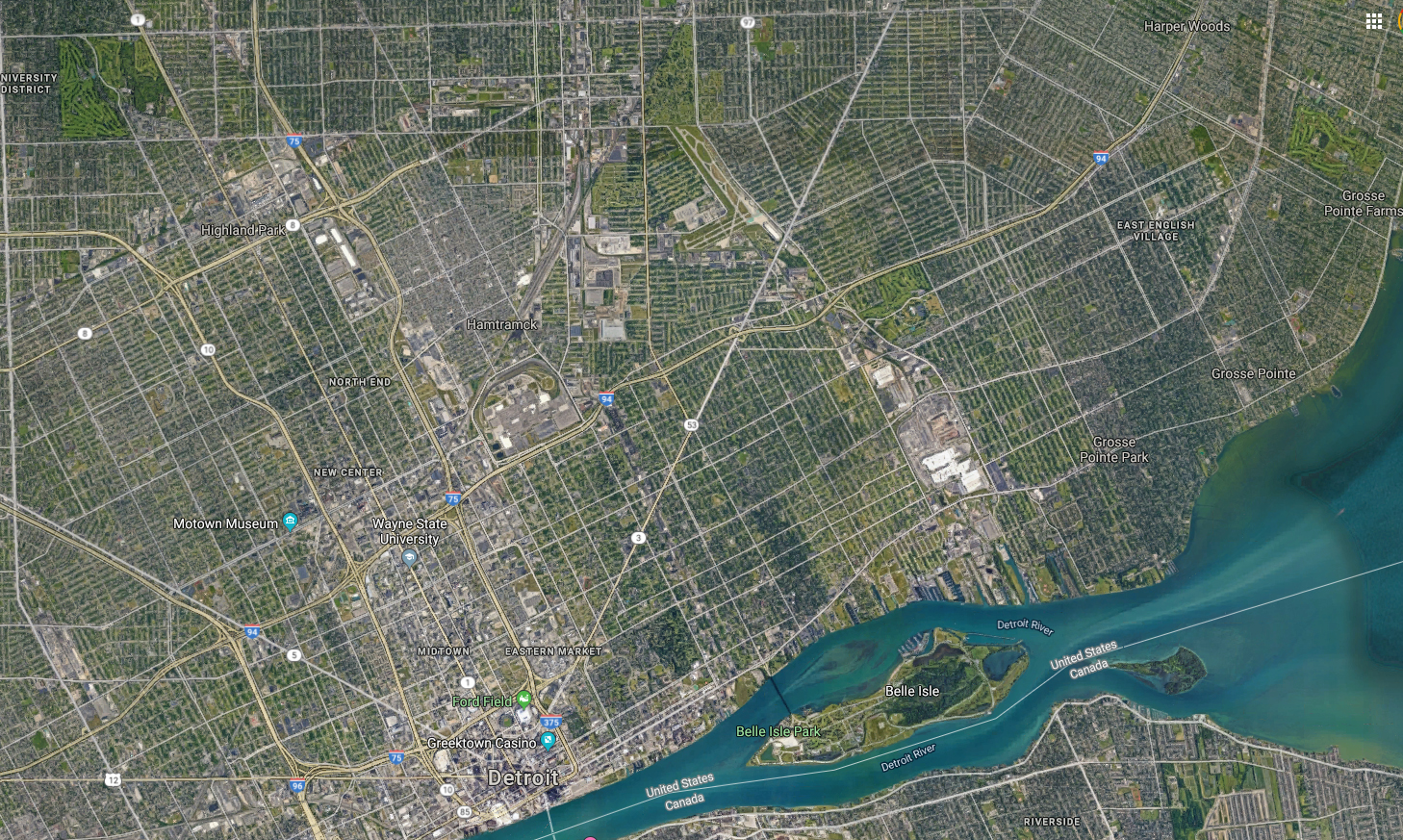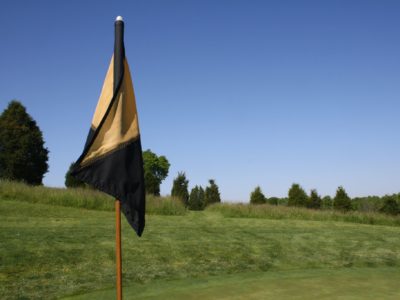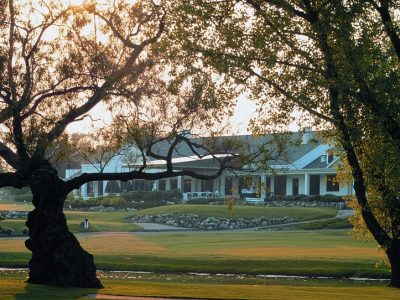By Adam Ikamas, CGCS
MiGCSA Executive Director
I have been in the golf business for more than 20 years, even more if we go back to my days as a caddy. During this time, I have often had revealing conversations with golfers, legislators and the general public when they find out what I do.
As a former superintendent who is now in a position to directly interact with the public on behalf of our more than 700 members of the Michigan Golf Course Superintendents Association (www.migcsa.org) I have found that golf is somewhat misunderstood as a negative impactor on our environment. 
One of my many talking points about golf is the value of golf courses as urban greenspace. Along with the professionally trained and educated golf course superintendent who is managing the properties, golf courses are one of the most environmentally valuable spaces you can have, especially in urban areas.
Often what is looked at by the general public as an environmental problem would be another parking lot, strip mall or housing development if it were not a golf course. Many urban courses have also been in the community for more than 100 years providing this open greenspace. Any inputs into these spaces are minimal and highly calibrated and applied by a professional with the health of the property considered as the highest priority by the superintendent. This provides an ideal habitat for wildlife and golfers alike.
According to the World Health Organization, green spaces such as parks and sports fields as well as woods and natural meadows, wetlands or other ecosystems, represent a fundamental component of any urban ecosystem. Green urban areas facilitate physical activity and relaxation and form a refuge from noise. Trees produce oxygen, and help filter out harmful air pollution, including airborne particulate matter. Water spots, from lakes to rivers and fountains, moderate temperatures.
Green spaces also are important to mental health. Having access to green spaces can reduce health inequalities, improve well-being, and aid in treatment of mental illness. Some analysis suggests that physical activity in a natural environment can help remedy mild depression and reduce physiological stress indicators.
If you are a golfer who is sometime maligned for your choice of activity, or someone new or not familiar with golf; try to think about what that space would be if it were not a golf course. Also, if it was not a space for a century–old business employing and serving the community and the environment.
Golf is not a waste of land and resources, but one of the highest forms of professionally managed urban conservation possible.










